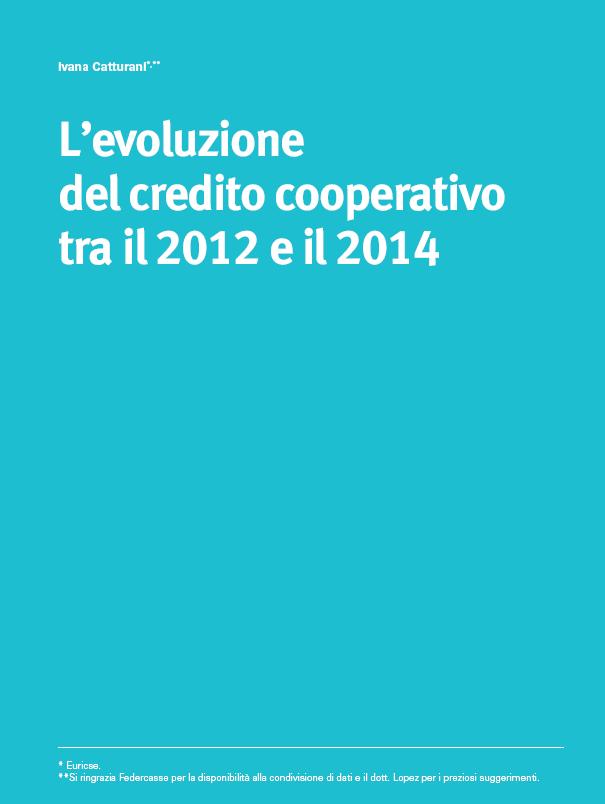The evolution of cooperative credit between 2012 and 2014
he Italian banking environment has faced significant recent changes, including challenges related to the global financial crisis and governance issues. Cooperative credit has also been caught up in these challenges, becoming a topic of political and economic discussion. Reforms have been introduced in the governance of cooperative banks, and new regulations are expected for cooperative credit banks. Despite criticism as an obstacle to the circulation of capital, cooperative credit has structural and legal peculiarities that distinguish it from commercial banks. Although the governance of cooperative banks has been identified as a weakness by the Bank of Italy, there are also positive aspects such as attention to the liquidity needs of local businesses and measures to limit conflicts of interest.
Despite the challenges, Cooperative Credit Banks (BCCs) have a significant position in the Italian banking system and many of them have managed to manage crises without government intervention. However, the lack of transparency in the relationship between management and the social base is a concern, as it could threaten the business model of BCCs and their very existence.
To gain a better understanding of the situation, this report analyzes the evolution of BCCs up to 2014 and in subsequent years.
This paper is part of the Third Euricse | 2015 report “Cooperative Economy. Relevance, evolution and new frontiers of Italian cooperation“.

